
Eye Doctors
What kind of eye doctor do you need? Find comprehensive information about types of eye doctors, including services, their qualifications and how to choose the right specialist.

Are you thinking of getting an eye exam at America's Best? Here's what you need to know about America's Best eye doctors, eye exams, costs and eye tests.
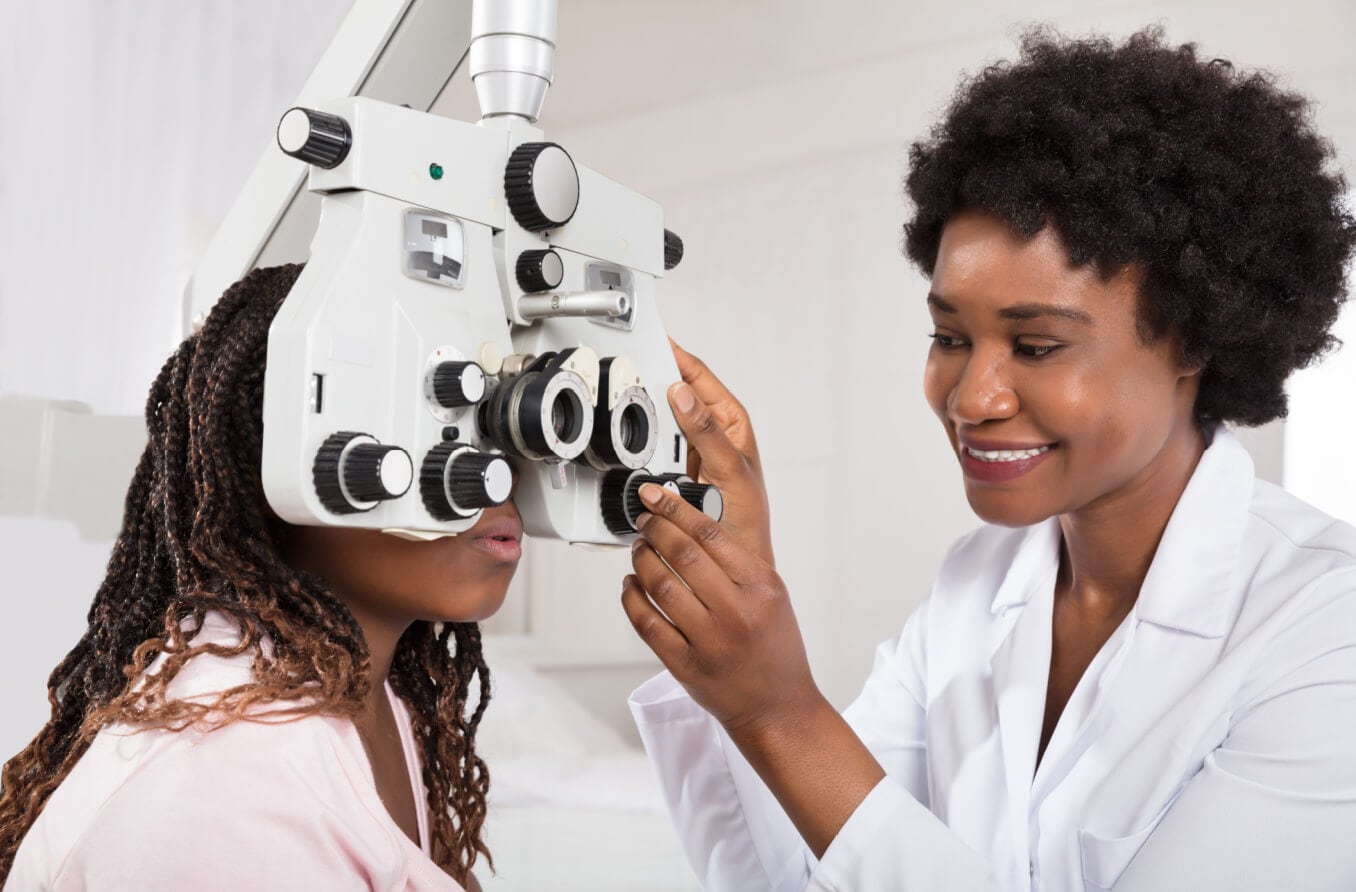
The average salary for optometrists in the United States varies according to a range of factors. Read on to learn what eye doctors earn in each state.
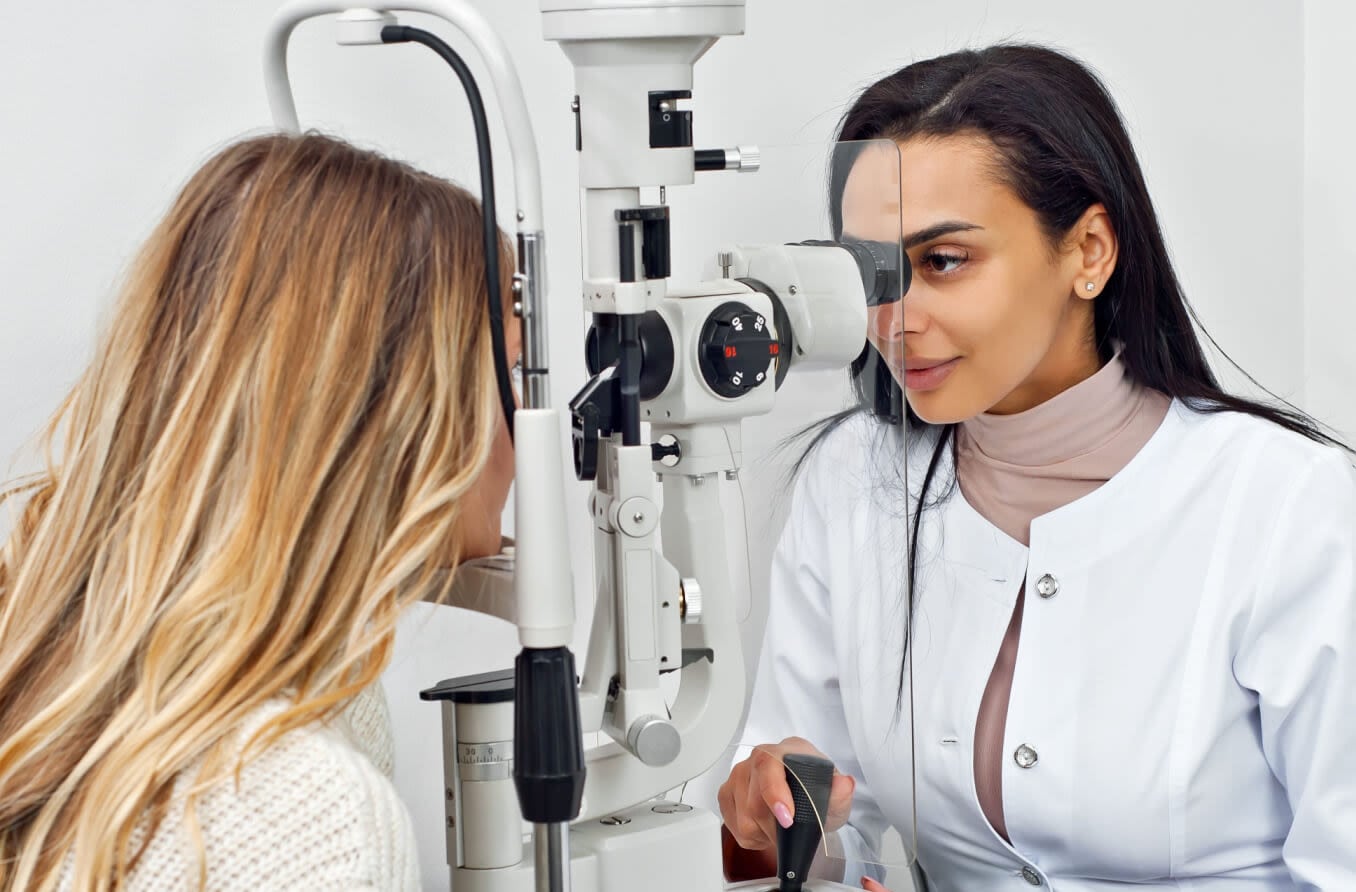
Optometry offers a rewarding opportunity to help people experience better vision and eye health. Explore the process of becoming an optometrist.

How to find in-network VSP providers (eye doctors) in your area and make the most of your vision insurance coverage.

OD means both “right eye” and “Doctor of Optometry.” Learn about other common eye abbreviations that are good to know during visits to the eye doctor.
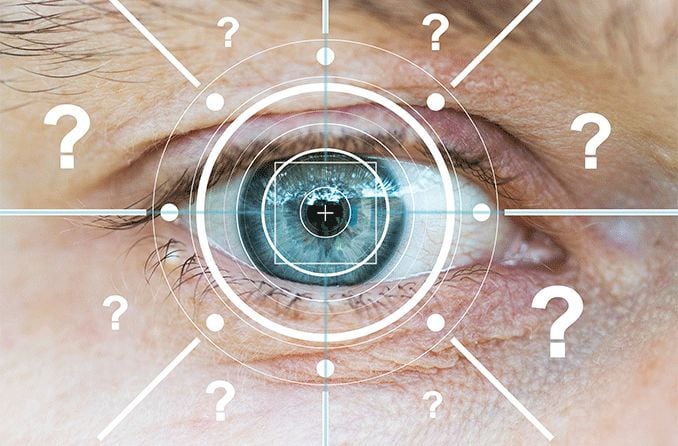
“Ophthalmic” is a common term in the eye care field. Learn how it's used to describe medications, conditions, professions and body anatomy.

The best eye doctor for you depends on what type of eye or vision problems you have or are at risk for. Compare and choose: optometrist vs. ophthalmologist.
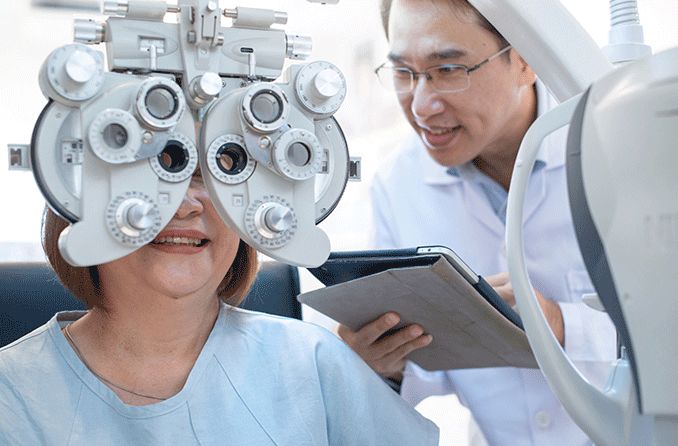
Learn more about optometry, the field of medical care that includes the diagnosis and treatment of many common vision problems.
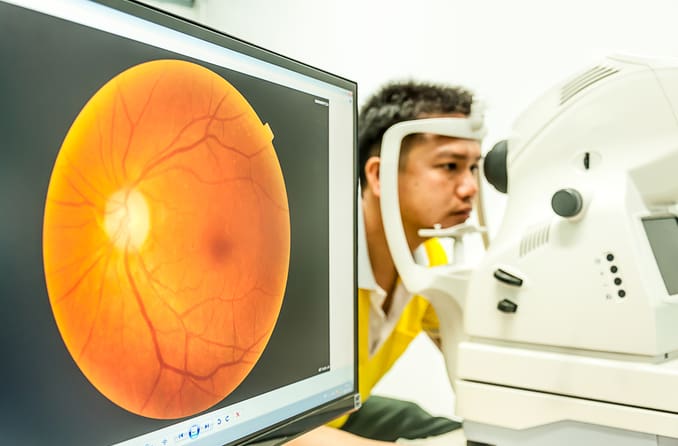
Retina specialists have special equipment to test, diagnose and treat retina conditions, which is not always available from a general ophthalmologist.

Seeing a specialist, educating yourself and preparing for your office visit are steps that can help your doctor find a diagnosis.
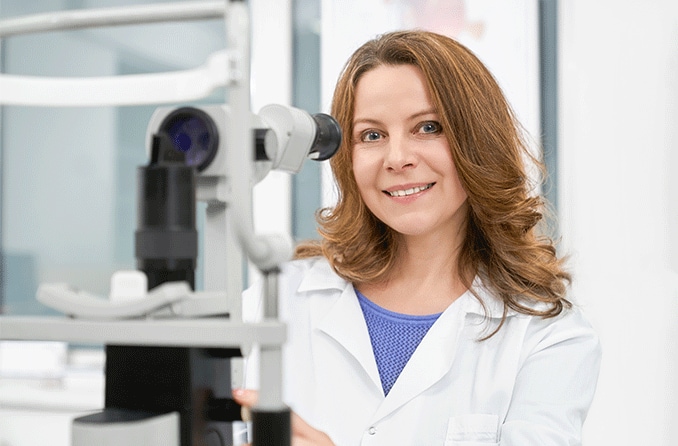
A neuro-ophthalmologist is an expert in eye conditions that are caused by abnormalities in the brain, spinal cord or nerves.
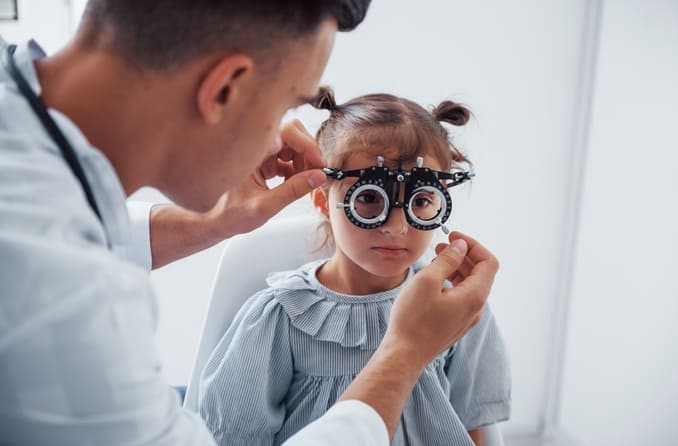
A pediatric ophthalmologist is a doctor who specializes in managing and treating eye-related conditions in children.
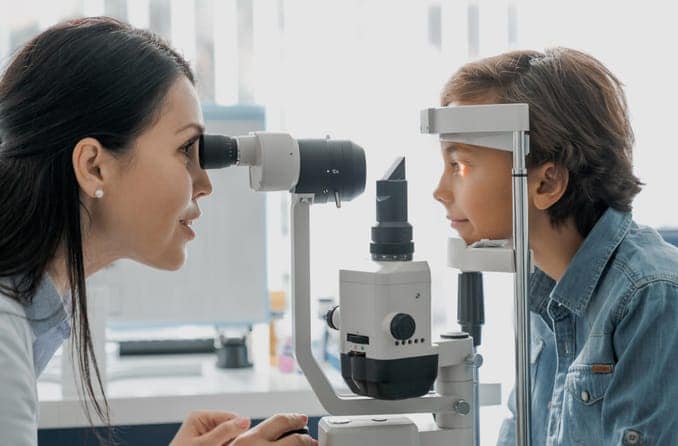
Pediatric optometrists are eye doctors (ODs) who specialize in examining the health and function of children's eyes and vision.
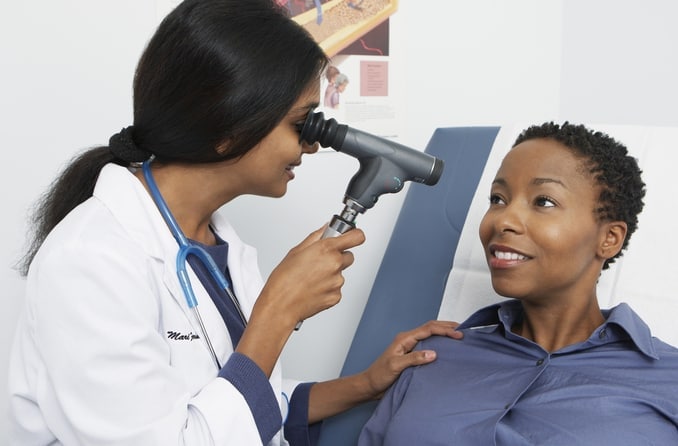
An ophthalmologist is a medical doctor (MD) who specializes in eye care and the treatment of eye disease and vision problems. In addition to providing medical care, ophthalmologists also perform eye surgery.

An optician provides and fits patients for eyewear using vision prescriptions provided by an opthamologist or optometrist.
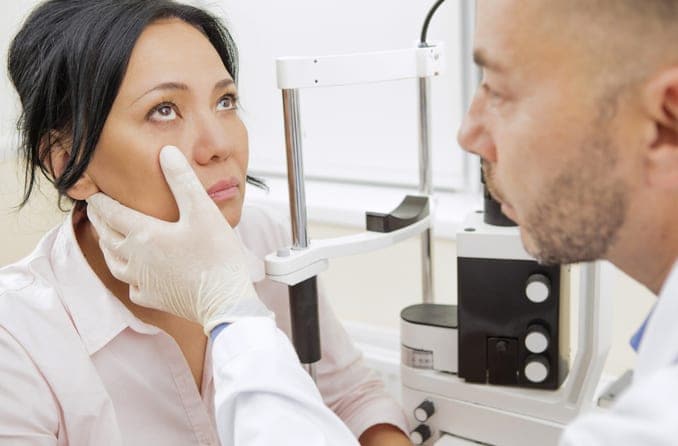
An optometrist is an eye care professional who has earned a Doctor of Optometry (OD) degree. Optometrists are eye doctors who provide eye exams and medical eye care but do not perform eye surgery.
All About Vision and AllAboutVision.com are registered trademarks of AAV Media, LLC. © 2000-2025 AAV Media, LLC. The content on this site is for informational purposes only. All About Vision does not provide medical advice, diagnosis or treatment. Contact an eye doctor if you need medical attention.